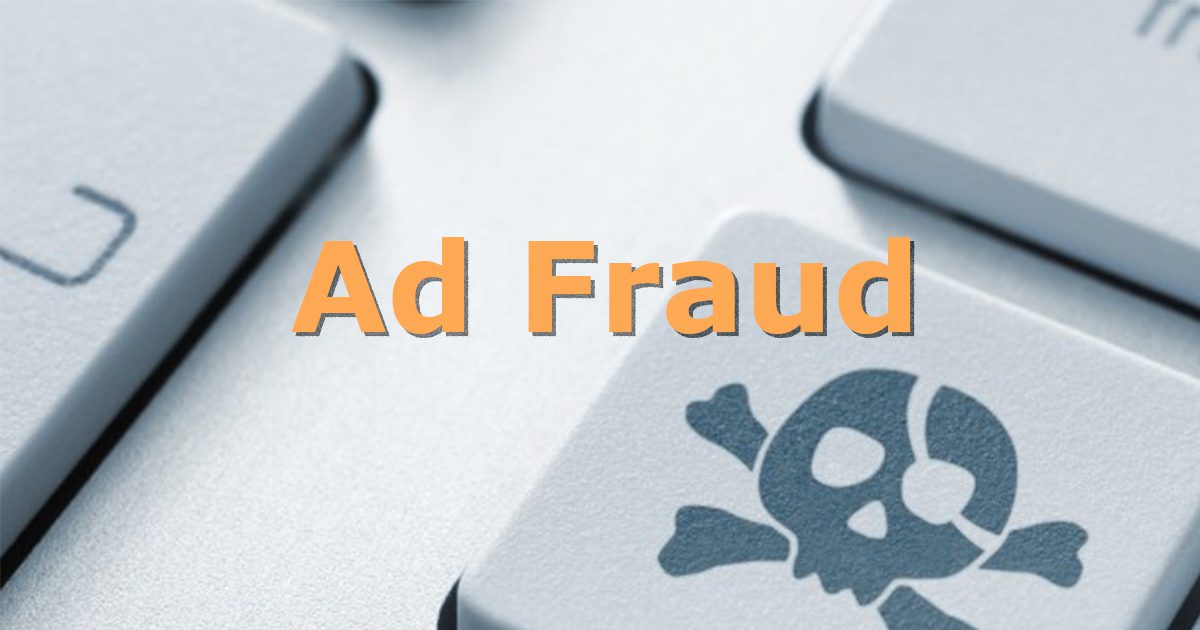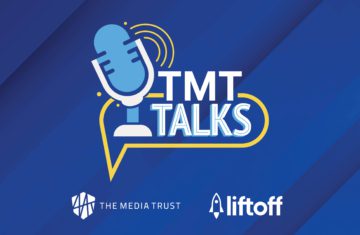
This article was authored by Chris Olson, CEO at The Media Trust.
For the past two years, consumers and digital advertisers have been heading to a show-down, and it’s not hard to see why. For too long we’ve taken the status quo for granted. We didn’t do enough to protect consumer privacy or the user experience, and now we’re reaping the consequence of our own actions.
What happens next will determine the future of not just digital advertising but also the fundamental economics (and security) of the world wide web. We can either change our practices and be responsible to the consumer and each other, or let the regulators decide for us.
A New Media Supply Chain?
Marc Pritchard of Procter & Gamble recently made headlines after speaking to the Association of National Advertisers and calling for a “new media supply chain”. Much of what he had to say has repeatedly been highlighted by numerous parties in the industry: the “dark side” of digital media has reduced consumer trust and driven suspicion of advertising.
Mr. Pritchard makes good points: ad fraud—though improved—is rampant, data breaches are increasing, and the unsightliness of intrusive advertising is responsible for the growing penetration of adblockers. In order to thrive, we need better quality-control.
It’s great to hear these concerns voiced by one of the most prominent brand officers in corporate America. As he noted, a better advertising infrastructure is needed but that still does not address the ultimate issue of the proliferation of data breaches and loss of consumer confidence.
Knowing Who’s Executing
When it comes to online advertising, Mr. Pritchard isn’t the first to be concerned about quality-control. In fact, bodies have already published standards for every stage in the digital supply chain: brand marketers have 4A and NIA while publishers have IAB and TAG, just to name a few.
But fixing the media supply chain is a team effort: following the rules doesn’t solve anything unless our partners are following them too. As such, the solution isn’t so much knowing the rules as it is knowing who follows them.
For publishers, that means establishing who is allowed to execute on websites and mobile applications when accessed by consumers. For buyers, that means acknowledging the rules and following them. That’s a start, but we can’t stop before addressing the role of brands.
Brands Have a Responsibility, too
Brands are not hapless victims of the current digital ecosystem: in many ways, they helped to create it. The drive to identify and track consumers of their products and services compromised data privacy, while the desire for cost effective advertising has bolstered unscrupulous actors throughout the advertising ecosystem.
It doesn’t stop at advertising campaigns: brand websites and their landing pages experience just as many issues as publishers. From unknown vendors and shady code execution to unauthorized tracking, brand websites contribute to the problem. In fact, bot proliferation is caused by brands with poor campaign execution tactics.
This reflects an unfortunate double standard. What brands demand from publishers for their campaigns, they should also demand from themselves.
We’re not saying that brands need to look past their bottom line. On the contrary: they need to think about their bottom line in terms of the long game. Knowing and vetting digital vendors allows brands to shut down ad fraud, malware, data leakage and compliance violations more quickly, and ultimately deliver a better, safer, less annoying experience to the end user.
My response to the “new media supply chain”: by all means, let’s fix the digital ecosystem. But let’s start by aligning brands, technology partners and premium publishers to the needs of the consumer. If we do, many of the problems we currently face will solve themselves



